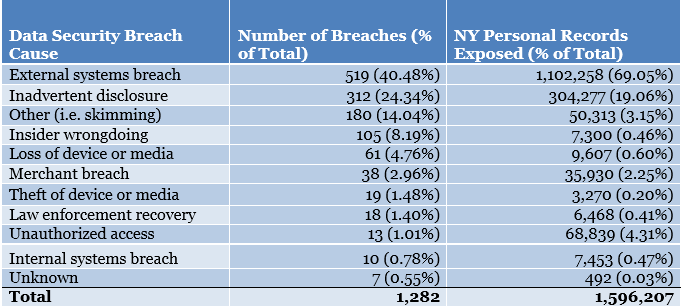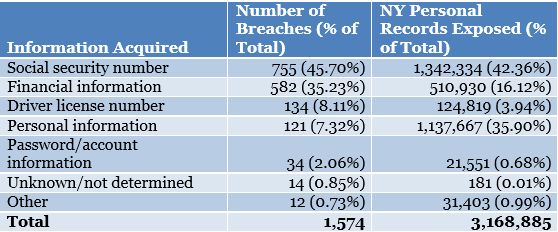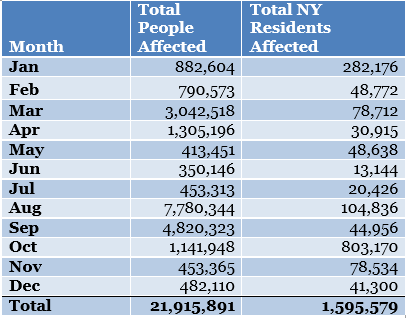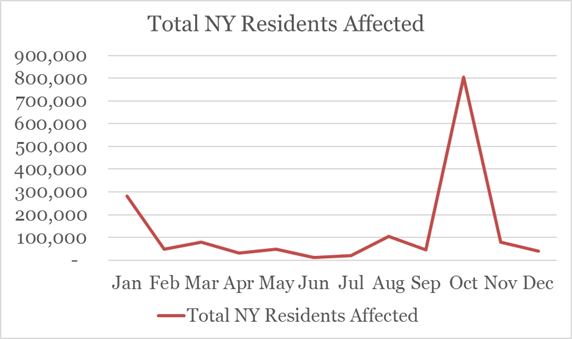Mayor Bill de Blasio today announced that the first of twenty new boats built for the soon-to-be-launched Citywide Ferry Service has departed Horizon Shipyard in Bayou La Batre, Alabama and is on its way to New York City.
The vessel, which departed Tuesday afternoon, will travel 1,742 nautical miles, across the Gulf of Mexico, through Lake Okeechobee, and up the East Coast of the United States.
The vessel will cover approximately 280 nautical miles every 12-18 hours, with periodic port calls for refueling and any needed mechanical and system adjustments. Depending on weather and other conditions, the vessel is expected to arrive in New York Harbor early next month. You can follow the boat’s progress by following @CitywideFerry or www.citywideferry.nyc.
“The brand new boats are hitting the water. Construction on our docks is in full swing. And we’re hiring the crews that will carry New Yorkers across the city. This is an exciting time as we prepare to launch a whole new public transit service for our people,” Mayor de Blasio said.
From start to first splash (when a new boat hits water), each Citywide Ferry vessel takes roughly eight months to complete. The vessel then undergoes a sea trial to ensure it is fit for service and for its maiden voyage up the East Coast.
Video of the first Citywide Ferry leaving port and at sea and photos can be accessed here.
“The first Citywide Ferry boat is officially on its way,” said New York City Economic Development Corporation President James Patchett. “Soon you’ll be seeing these modern, efficient vessels right here in New York Harbor. This is a major milestone toward launching Citywide Ferry this summer, and connecting more New Yorkers to good jobs and opportunities all along our waterfront.”
“The first of 20 Citywide Ferry vessels is homeward bound for New York City – the newest way for New Yorkers and visitors to “work, live, play” throughout the boroughs when we launch this summer,” said Cameron Clark, Senior Vice President and Project Manager for Citywide Ferry by Hornblower. “These brand new state-of-the-art vessels will create new links to tech hubs, job centers, educational opportunities and so much more, all for the price of a subway ride and with regular, reliable service.”
Each sea trial, which lasts about a week, includes a series of tests conducted by the shipyard, the vessel’s owner and the U.S. Coast Guard. A professional team of engineers, captains and other technical crew membersthoroughly vet the vessel’s equipment, speed, safety and overall performance. Once the vessel is certified by the U.S. Coast Guard, the vessel can sail up to New York City.
With 20 vessels operating at 21 landings across New York City, Citywide Ferry will carry an estimated 4.6 million trips per year across six routes – providing a new and easily accessible transit option for traditionally underserved communities and where jobs and housing are growing rapidly.
Mayor de Blasio recently announced hiring for the first of 200 new jobs to be created by Citywide Ferry Service. All boats will now be docked, fueled and maintained out of the Brooklyn Navy Yard, where an additional passenger stop also will be added in 2018.
All Citywide Ferry jobs will pay the City’s Living Wage or higher, and provide comprehensive benefits. Workforce1 Career Centers will be accepting applicants for captain and deckhand jobs throughout the spring and summer. The first interviews will be March 24 at the downtown Brooklyn Workforce1 Career Center. The next round of hiring will take place in early summer for positions ranging from concessions to deckhands and operations. For a list of all Workforce1 locations, click here. Applicant may also apply through the Brooklyn Navy Yard’s Employment Center, here or via the Citywide Ferry by Hornblower Website.
For more information on Citywide Ferry and to stay up-to-date on the latest information, visit www.CitywideFerry.NYC.
More Details on Citywide Ferry Service
Routes:
· Rockaway, South Brooklyn and Astoria routes are scheduled to launch in 2017.
· Rockaway route will connect to the Brooklyn Army Terminal and Wall Street.
· Astoria route will connect to Astoria, Roosevelt Island, Long Island City, East 34th Street and Wall Street.
· South Brooklyn route will connect Bay Ridge, Brooklyn Army Terminal, Red Hook, Brooklyn Bridge Park’s Pier 1 and Pier 6, and Wall Street, with an optional link to Governors Island.
· Soundview and Lower East Side routes to launch in 2018.
· Routes from Coney Island and Stapleton on Staten Island are in the planning stages for future expansion.
· Combined routes will cover over 60 miles of waterway.
Commuting Times:
· Rockaway to Wall Street (1 stop): Approximately 1 hour
· Astoria to E 34th Street (2 stops): Approximately 22 minutes
· Astoria to Wall Street (3 stops): Approximately 38 minutes
· Soundview to Wall Street (2 stops): Approximately 43 minutes
· Bay Ridge to Wall Street (4 stops): Approximately 48 minutes
Pricing:
· Cost per ride will equal that of a single subway ride.
· Over 4,000 daily East River Ferry customers will see fares reduced from $4 to the cost of a single subway ride.
· Fare will allow for free transfers to any other ferry route within the system, including the East River Ferry.
· Both paper and smartphone ticketing will be available, with payments accepted via cash, credit, or debit card. Discounts will be available for seniors, children and New Yorkers with disabilities.
· Passengers will be allowed to bring bicycles on board for a $1 fee.
The Boats:
· Each boat will be able to carry 150 passengers.
· All boats will be equipped with WiFi.
· Boats will be fully accessible to New Yorkers with disabilities, and will comply with the requirements of both the Americans with Disabilities Act and New York City Local Law 68 of 2005.
· New boats will be equipped with the most modern engine design available to reduce emissions and noise, as well as an efficient hull design that will limit wakes and maximize fuel economy.
City Support:
· The city is investing $55 million in infrastructure upgrades, including building 10 new ferry landings. Barge construction is currently underway at a facility on Staten Island.
· The city is providing $30 million in operating support per year, over a period of six years. Based on a projection of 4.6 million annual trips, the per-trip subsidy for Citywide Ferry Service will be $6.60, lower than the nearly $8 per trip subsidy on the Long Island Railroad or the nearly $15 per trip subsidy for express buses. The city is providing $10 million for additional startup costs, such as vessel upgrades and ticketing machines.
· City negotiated an option to acquire ferry vessels, allowing for greater operational flexibility and providing significant savings to taxpayers over the life of the service (roughly up to $5 million per year).
· City will receive a portion of fare-box revenue if ridership exceeds 5.6 million passengers.





